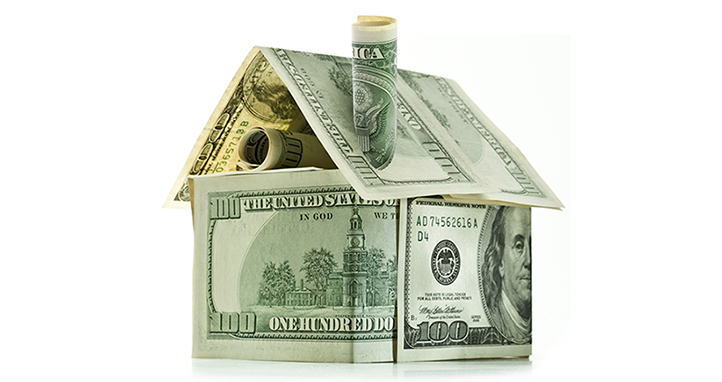
Cash Out Refinance Explained
What is a Cash Out Refinance?
Most homeowners opt for one of two major types of refinances, a standard rate and term refinance or the cash out refinance. The standard rate and term refinance allows the homeowner to keep their same loan balance while lowering their interest rate and or shortening the term of their loan. A cash out refinance is a loan where the balance is enough for the homeowner to pay off their existing mortgage loan and take out cash beyond that amount.
How Does a Cash Out Refinance Work?
A cash out refinance works by utilizing the equity that a homeowner has in their house to take out cash for their own personal use. It is a mortgage transaction where the new loan amount is higher than the existing loan amount plus settlement costs. In order to help you understand how a cash out refinance works here are a few examples.
Situation Before Cash Out Refinance:
Home Value: $400,000
Current Loan: $225,000
Home Equity: $175,000
Currently these homeowners have $175,000 in equity in their home. They have decided that they would like to liquidate some of the equity for personal needs.
Maximum Loan Amount:
Home Value: $400,000
Maximum Loan to Value: 80%
Maximum Loan Amount: $320,000
The homeowners speak with their mortgage provider and find out that are allowed to utilize up to 80% of their home’s value. The example above shows the maximum loan amount the homeowners can refinance.
Amount of Cash Out:
Maximum Loan Amount: $320,000
Current Loan: $225,000
Settlement Costs: $8,000
Amount of Cash Out: $87,000
The example above shows the amount of money that the homeowners can liquidate. To calculate the amount you subtract the current loan balance and settlement fees from the new loan amount.
The illustrations above give examples of how a cash out refinance works. Typically the proceeds from the loans are electronically transferred into the bank account that homeowners wishes. The maximum loan to value amount used above is just an example. Speak with your lender to see what their loan to value guidelines are. Now that you understand how a cash out refinance works, check out the current mortgage rates to see if using the equity in your home is the right move for you.

